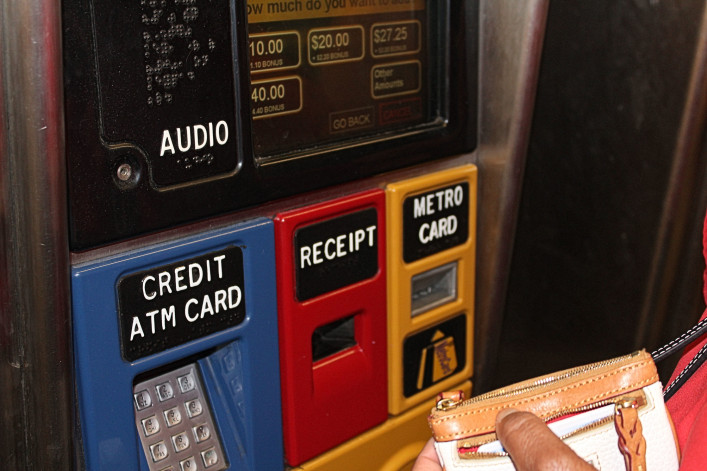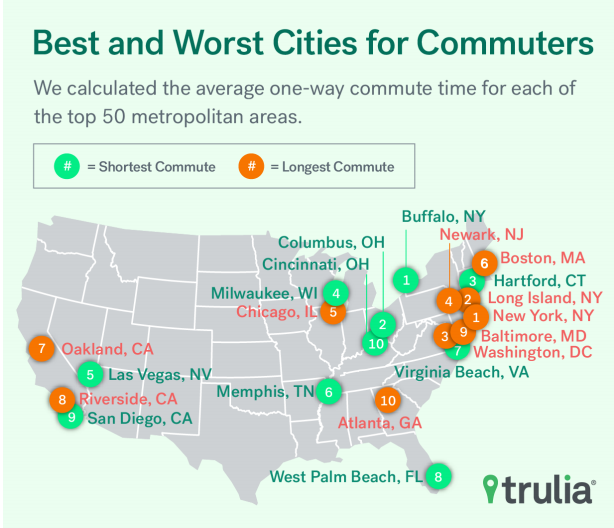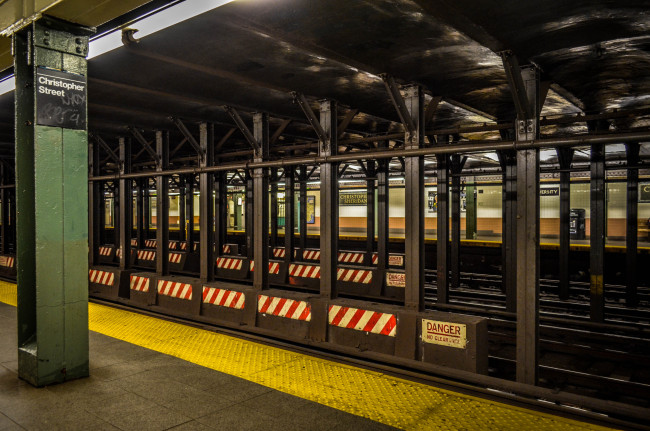Bye-bye, Metrocard? The MTA is considering alternatives for fare payment

If you're still nostalgic for the days of subway tokens, brace yourself. The MTA is planning to phase out MetroCards, and is seeking proposals for alternative ways passengers pay for train and bus rides.
WNYC reports that the transportation agency intends to transition to an open payment system, that is, allowing riders to pay their fares directly via credit and debit cards or smartphone apps as they go. A number of cities already use such a system: Washington, D.C., for instance, uses rechargeable smart cards than can be refilled online; passengers simply tap the card as they enter subway stations or board buses. In London, Oyster cards—considered a breakthrough in fare payment for public transportation—work in a similar manner, and can be used for trams and other railway services in addition to the subway and bus.
Even the Oyster card is no longer the latest and greatest; London Underground's recently introduced Contactless transportation payment system takes the technology one step further, allowing debit and credit cards with the Contactless symbol to pay everything from lunch to the tram to the tube. Passengers no longer need to "top up" or purchase tickets.
Cubic Transportation Systems, the same company behind Oyster cards—and, ironically, our current MetroCard system—is aiming to win the bidding process to revamp NYC's system. A representative told WNYC that the MTA wants something that goes beyond tap-and-go smart cards, "skipping over that generation of smart card system," though he didn't specify how.
"There's no question they have to change the MetroCard," says Julia Vitullo-Martin, a senior fellow at the Regional Plan Association, an urban planning think tank. The technology behind the Oyster card had already been invented when MetroCards were introduced in 1994, and back then, she explains, many thought the MTA should wait until it was perfected before transitioning from tokens. Instead, the MTA was stuck with what it knew would be quickly outdated technology.
Bringing fare payment in NYC into the modern age certainly has a lot of appeal. It's not unusual for lines to form at rush hour when riders have trouble swiping—remember when it took Hillary Clinton five tries to get through the turnstile?—an especially frustrating experience in the summer, when no one wants to spend an extra second inside sweltering stations. And then there's the aggravation of having to rely on the probable germ factories that are MetroCard machines to re-load your card.
Plus, Vitullo-Martin points out, the swiping method makes boarding buses molasses-slow during peak times. The Select Bus System was introduced to get around this issue, but it's still inefficient: "They have to put money into those ugly payment stands, and all the promises about how bus drivers will wait if you're having trouble have proven to be untrue," she says. "All the time on 86th Street, I see the bus taking off with tourists desperately trying to figure out how to use the thing."
But the cost of updating NYC's dinosaur of a fare payment system won't be cheap, and some argue that there are more urgent issues with public transportation in the city to address. When the New York Times asked readers how they would improve the subway, for instance, they suggested increased service on a number of train lines and the Staten Island Ferry, the construction of light rail and trams, and more bike lines; obviously, easing congestion is a high priority.
The MTA is planning on some upgrades to ease crowding: According to NY1, passengers can look forward to wider doors on new trains and buses to facilitate the flow of riders on and off, flip seats to accommodate more people in subway cars, and the extensive renovation of 31 stations throughout the system.
Meanwhile, Vitullo-Martin observes that with each passing day, the MetroCard system becomes more obsolete, while London's Oyster card technology is a global hit. "New York doesn't want to look like it just doesn't know what it's doing anymore," she says. "Sooner or later, the MTA will have to bite the bullet."
You Might Also Like



























